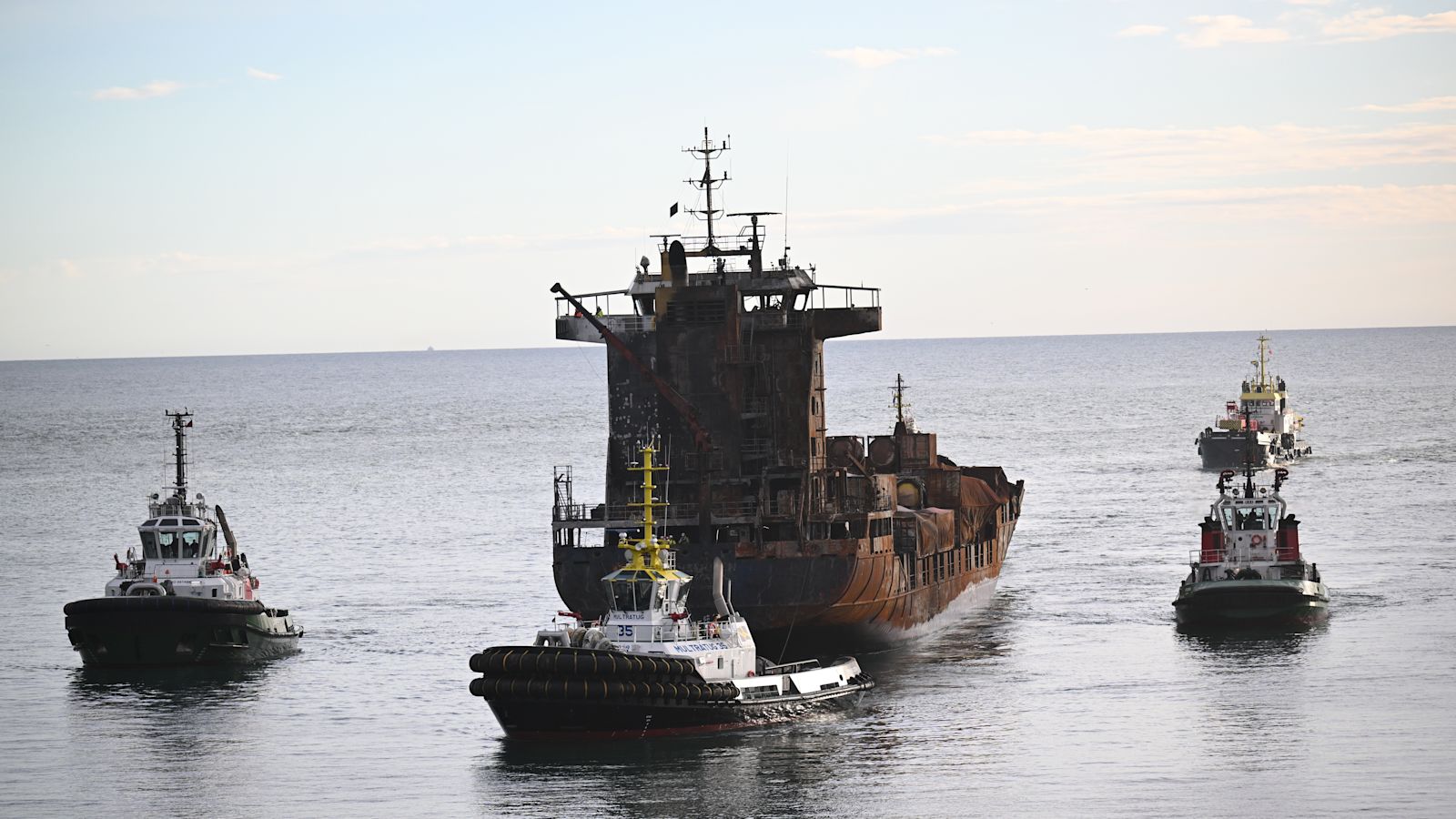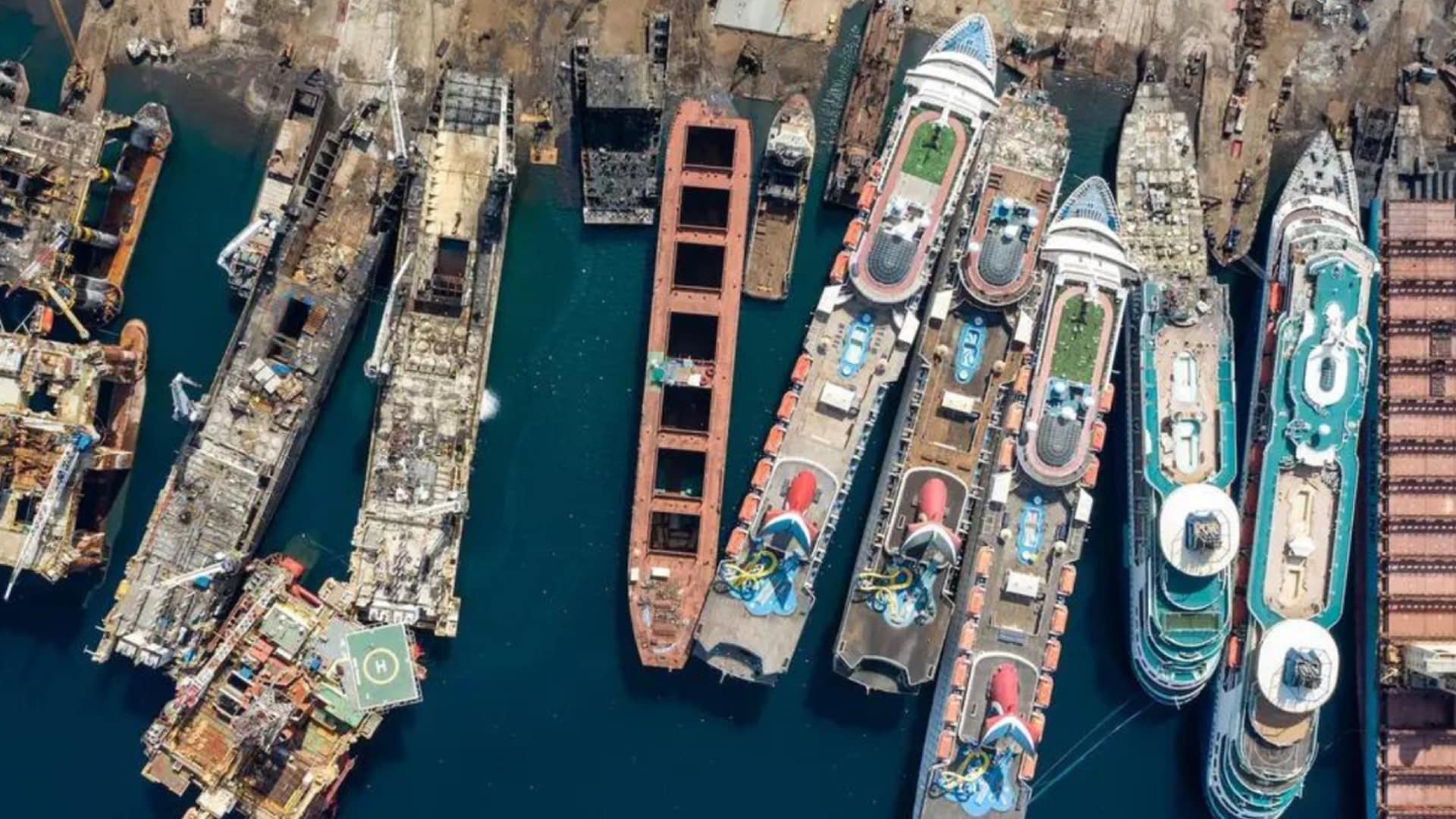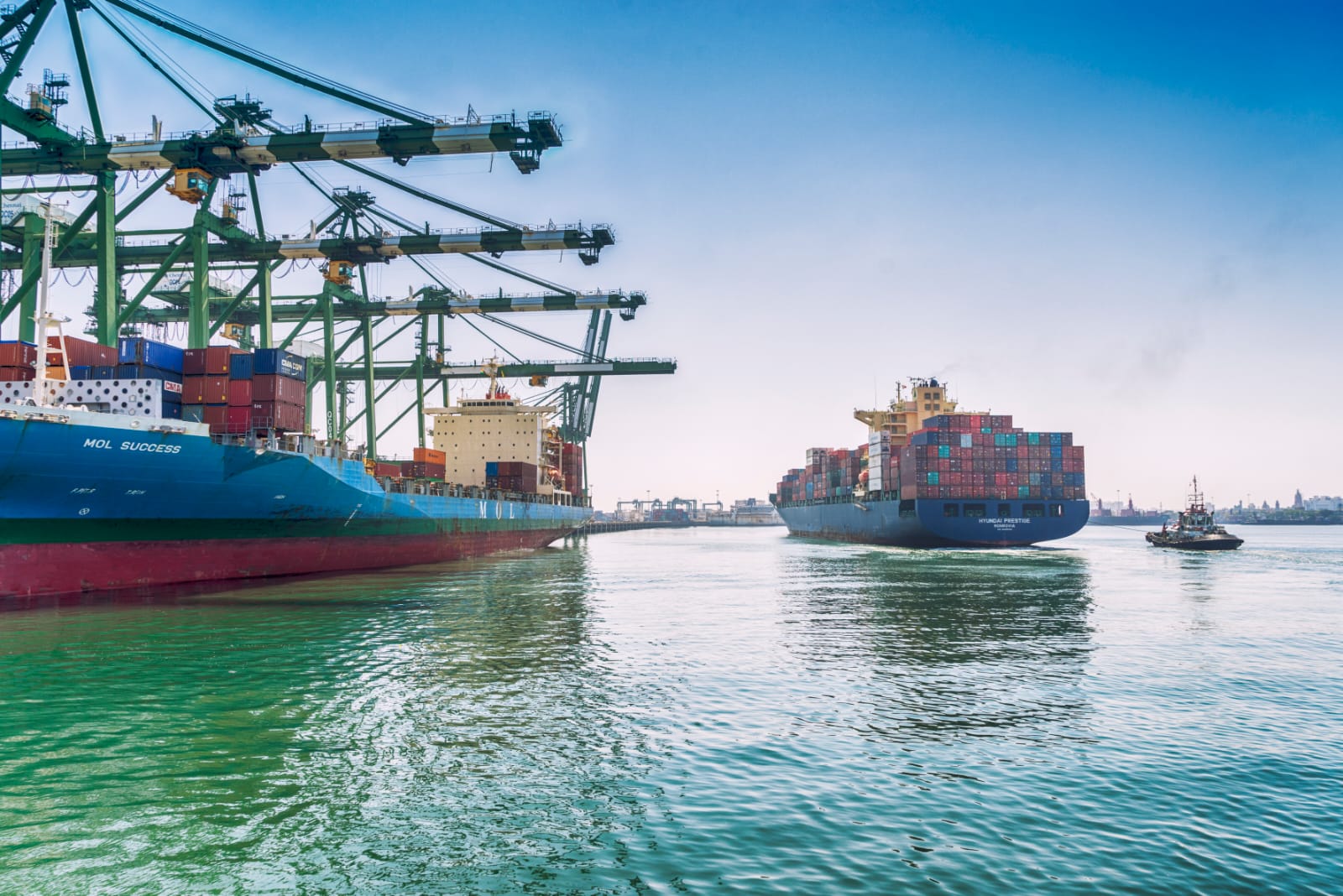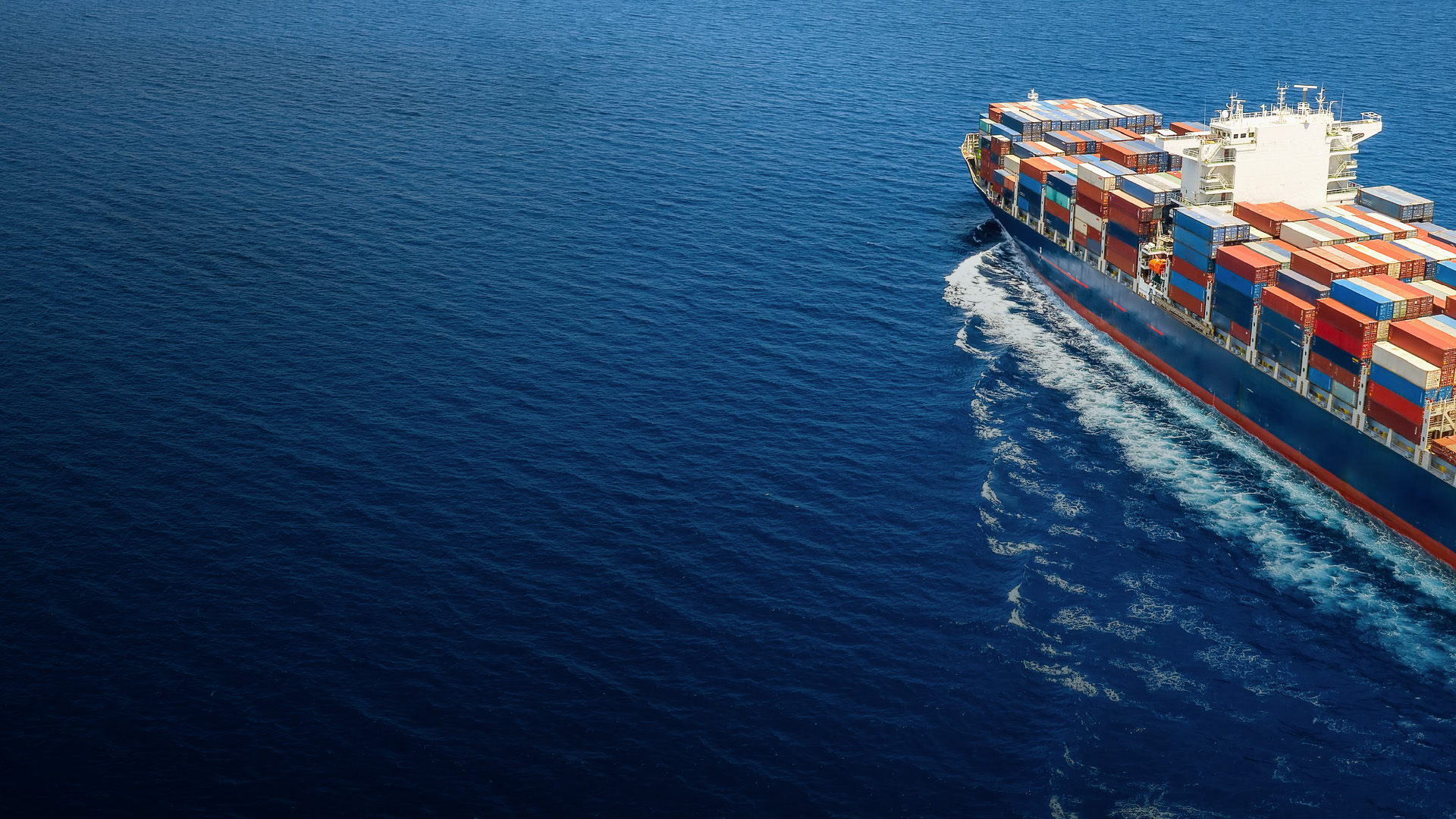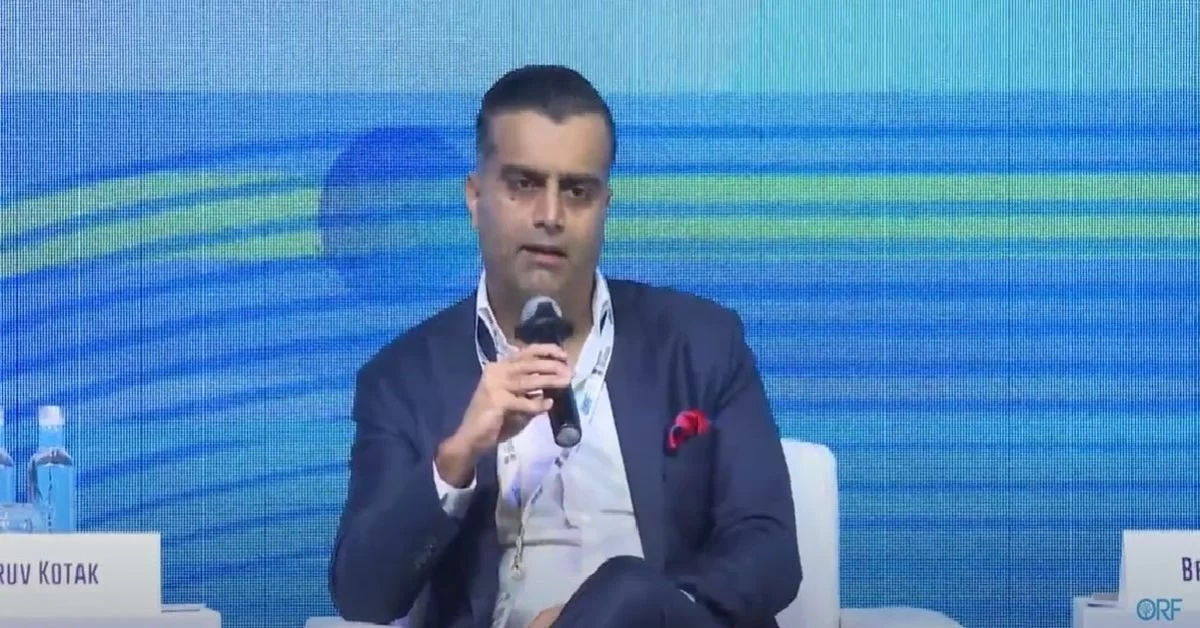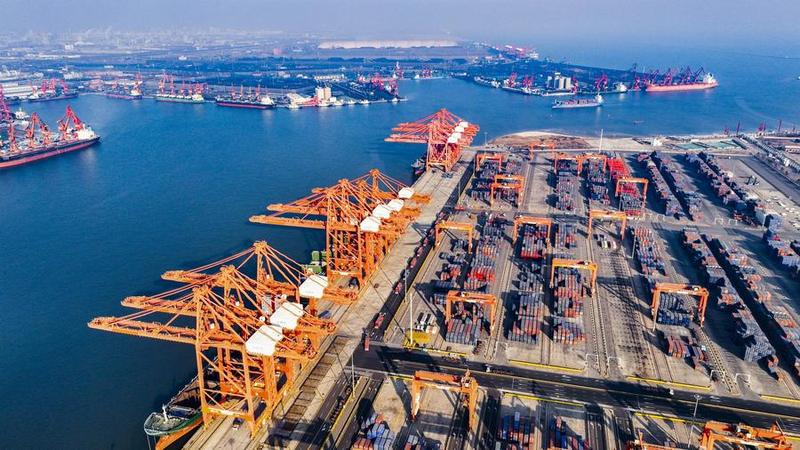Containership Solong Arrives in Belgium for Recycling Following North Sea Collision
The Solong, the Portuguese-flagged containership that struck the U.S. tanker Stena Immaculate in the North Sea on March 10, has reached Belgium, where it will be dismantled and recycled. The incident, one of the most serious maritime accidents in European waters this year, left one sailor missing, sparked a major fire at sea, and has since triggered ongoing legal proceedings.

Metals recycling company Galloo confirmed that the vessel berthed in Ghent earlier this week and is now under preparation for its final dismantling. Speaking to The Maritime Executive, Peter Wyntin, Head of Ship Recycling at Galloo in Gent, said the process will be relatively straightforward given the prior cleanup work.
“The recycling is very straightforward for us as most of the non-hazardous and hazardous waste has already been burned or removed,” Wyntin explained. “We hope to finish the job by the end of 2025 or latest by early 2026.”
The Solong, a 9,300-dwt container ship, had been berthed in Aberdeen since March 28 after being towed to port in the aftermath of the accident. While in Scotland, the vessel underwent extensive remediation, including the removal of fire-damaged containers and debris. Photographs released during its stay showed crews working to strip the ship down to a safe condition for transport.
On August 9, the Port of Aberdeen confirmed that the casualty vessel had departed under tow by the tug Multratug 36. The convoy made steady progress south and crossed into Belgian waters three days later, arriving at Galloo’s recycling facilities in Ghent on the afternoon of August 12.
Galloo, one of Europe’s leading metal recyclers, has been increasing its role in maritime recycling. The company emphasises its high material recovery rate, aiming to recycle more than 97 per cent of the metals and materials recovered from each vessel. Just last month, Galloo received the retired cruise ship Astoria, which is now also undergoing dismantling at the Ghent yard.
For the Solong, Galloo expects the project to be logistically simpler compared to some other large vessels. Much of the potentially hazardous cargo was consumed by the fire or cleared during its time in Aberdeen. What remains, the company says, is a steel-intensive hull structure well suited for processing into reusable raw materials.
The recycling marks the beginning of the final chapter for a vessel at the centre of one of this year’s most high-profile maritime accidents. On March 10, the Solong was sailing at 16 knots as it approached the Humber Estuary. Despite the presence of patchy fog, reports indicate the master was alone on the bridge with no lookout posted.
The containership collided with the Stena Immaculate, which was anchored at the time. The impact sparked a massive fire that raged across both vessels for days. Emergency responders managed to rescue 36 crew members from the Solong, but one sailor remains missing and is presumed dead.
The scale of the blaze and the dramatic rescue operations drew international attention. Images of flames leaping from container stacks and thick black smoke spreading across the North Sea underscored the dangers of lapses in maritime watchkeeping.
Legal consequences from the disaster remain unresolved. The captain of the Solong is currently in custody in the United Kingdom, charged with gross negligence manslaughter in connection with the missing sailor. The charge reflects prosecutors’ contention that the master’s failure to maintain a proper bridge watch directly contributed to the deadly consequences of the collision.
The UK’s Marine Accident Investigation Bureau (MAIB) has also been pursuing a detailed inquiry. In a preliminary update issued in April, MAIB highlighted several factors under investigation, including navigation practices aboard both vessels, fatigue management, and the adequacy of manning levels.
The bureau also noted the unusual circumstances of the location, questioning the suitability of the anchorage near the Humber Estuary, given heavy commercial traffic and the environmental conditions at the time of the accident. Its final report is expected to shape future safety recommendations for shipping operations in European waters.
For Galloo, the arrival of the Solong is another addition to its growing portfolio of complex maritime projects, but for the shipping industry, the dismantling of the vessel carries symbolic weight. The accident has already sparked renewed debate over bridge watch practices, fatigue among seafarers, and the responsibilities of shipowners in ensuring safe manning levels.
Industry analysts note that the case highlights both the risks of modern container ship operations and the need for continued scrutiny of safety culture at sea. With the ship’s recycling now underway, attention is likely to shift toward the legal proceedings and the MAIB’s final findings, which could influence international standards on bridge management and anchorage planning.
If Galloo’s timeline holds, the last traces of the Solong will disappear by early 2026, its steel and metals re-entering global supply chains as raw materials. For the families of crew members, the maritime community, and regulators, however, the story will not close until the unanswered questions of responsibility and safety are fully addressed.
As Wyntin noted, the ship’s physical dismantling may be straightforward, but the lessons of its collision — about vigilance, human error, and the high stakes of maritime navigation — will echo far longer across the shipping world.
Author: shipping inbox
shipping and maritime related web portal




